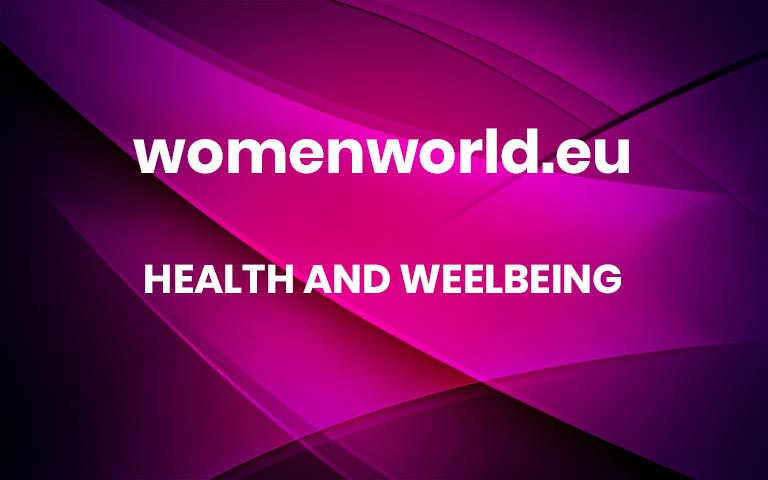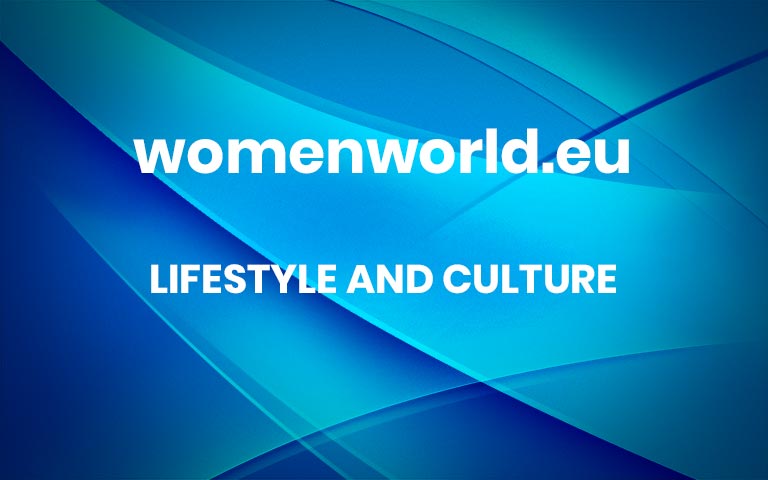Love your body
We all have insecurities. In a world with so much pressure to be perfect, it’s no wonder so many of us are self-conscious about the way we look. I believe that when you accept and love your body, you have a greater tendency to nourish it more with healthier foods, proper rest and exercise. Thus, the celebration of your body becomes a celebration of healthy living and life.
So how can you learn to appreciate your body and not always focus on what you need to change? Here are some ways to do just that:
Stop Picking Yourself Apart
Let’s face it – even those with so-called perfect bodies would change some things about themselves if they could. Celebrities and models who have been stamped with the “perfect body” label have parts they dislike – their feet, their chin, their ears – and they don’t necessarily all have high self-esteem either! Rather than pick your body apart, repeat this to yourself daily: “Life is too short to waste my time hating my body this way.”
Spend More Time Being Productive
How much time are you spending each day worrying about your weight, your body shape, the size of your rear? What else could you be doing during that time? Think about all the things you could accomplish with the time and energy you currently spend worrying about your body and appearance. Create a list of people you admire – people who have contributed to your life, your community or the world. Then consider whether their appearance was important to their success and accomplishments.
Get Real
Most of the images you see on television, movies and magazines are very made up. Models on magazine covers go through hours of professional hair and make-up, have professional stylists choosing their clothes, top photographers and professional lighting – not to mention retouching or other post-production elements to make them look how they appear in the finished product. Before comparing yourself to a woman in the media, be sure to educate yourself about what really goes on behind the scenes. And realize that no one naturally “glows” the way those models appear to all the time.
Change Your Inner Dialogue
Identify the negative ways that you speak to yourself and decide to replace that self-talk with more realistic, loving and positive statements. Think about this: if you had a friend who spoke to you in the same way that you sometimes speak to yourself, how long would you allow that person to be your friend?
Exercise to be Strong and Healthy
Find a method of exercise that you enjoy and do it regularly. Don’t exercise to lose weight or to fight your body shape. Do it to make your body healthy and strong and because it makes you feel good.
Take Care of Your Body – It’s the Only One You’ll Get
Diets, pills, quick fixes, binging, not exercising, over-exercising – all these things disrespect one of the greatest gifts you have been given – your body! You only get one per lifetime, so give it the respect it deserves. You will not only feel better, but you just might become someone else’s role model! More



